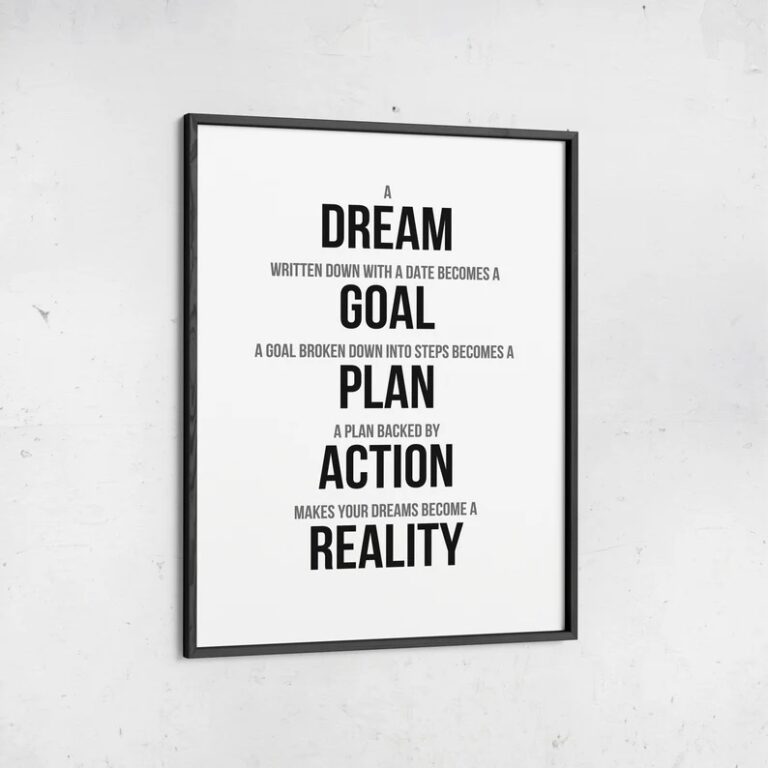Every business owner should have a vision for what his or her company should ideally be. That vision should include expectations like offering a superior customer experience with high-quality products and services. But how do you do this? Think of your vision as a goal, what you hope your business looks like when you’ve taken all the necessary steps to achieve it. There are long-term concerns, and there are short-term ones. There are big steps and small. But all are important, and each is very specific.
Define Your Vision
The first part of this process is to decide what your vision is. It’s easy to echo the aforementioned expectations about the customer experience and the product and service quality, but that’s too broad. Ask yourself, how will this business offer a great experience and fantastic products? What does that mean in your industry, or in the context of your location and competition?
If you operate a restaurant, you should consider everything from the first impressions at the host’s stand, to how wait times are handled, to how your servers conduct themselves. If you operate a retail store, think about the first impressions of entering, including how customers are greeted, what kind of merchandising they’re exposed to first, and so on. In a sales environment, what will the sales process look like, from how questions are asked to how the employee listens and recommends solutions.
Not only will this be specific to your industry, it’ll also be specific to your business strategy.
Posters on a Wall
Customer service and experience expert Shep Hyken tells us about a client who uses wallposters to encourage and inspire his employees. But as Hyken comments, “What’s on the walls and what happens between the walls must be congruent.” He continues, “don’t let the posters be eye candy without action. The success of the program doesn’t come from simply displaying the ideas […] but from the actions.”
Hyken goes on to explain that all of this happens behind closed doors, away from the eyes of the customers who have no idea about the amount of effort that goes into training employees. “All they know is that the experience is working.”
Proof is in the Pudding
As you craft your vision and share it with your staff, workshopping ideas and implementing training regimens, you’ll want to measure how successful you are. After all, good ideas in a vacuum have no mass.
Measuring the practical effectiveness of employee training, as well as getting feedback on the technical details like merchandising and branding, require outside eyes. Ideally, the eyes of average consumers, the kinds of people who you’re trying to attract to your business. In time, you’ll get your answer because of customer loyalty and referrals, but waiting is a dangerous game. You want to know what’s working and what’s not before the long-term results become the now-term results. How else will you pivot and adapt?
There are a number of tools to glean this early feedback, including comment cards, but if you really want to step up your customer experience program, you should consider mystery shopping. At The Brandt Group, we’ve been using mystery shopping to help our clients capture the genuine experience of what it’s like to do business with them for thirty years. Our shoppers fill out custom surveys that our clients approve, which are filled with questions that really dig down on the initiatives they care about most, and the shoppers do so from the point-of-view of normal customers. Mystery shops help you to keep track of the statistics that don’t always show up in the sales figures right away, like how your employees handle asking qualifying questions, dealing with objections, and more.
If you’re ready to take your vision to fruition, to see your plans made manifest, then let’s heed this inspirational poster:




